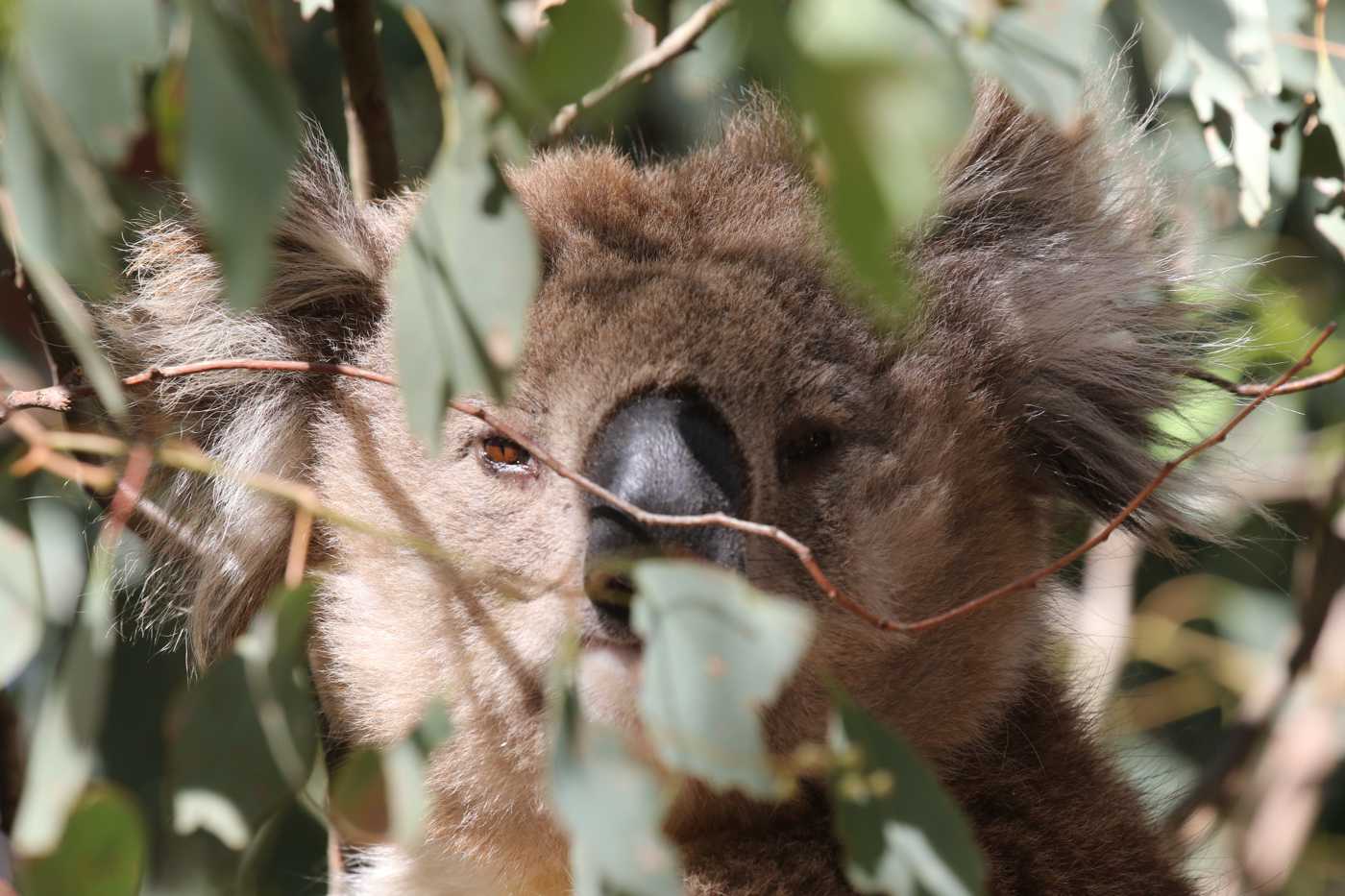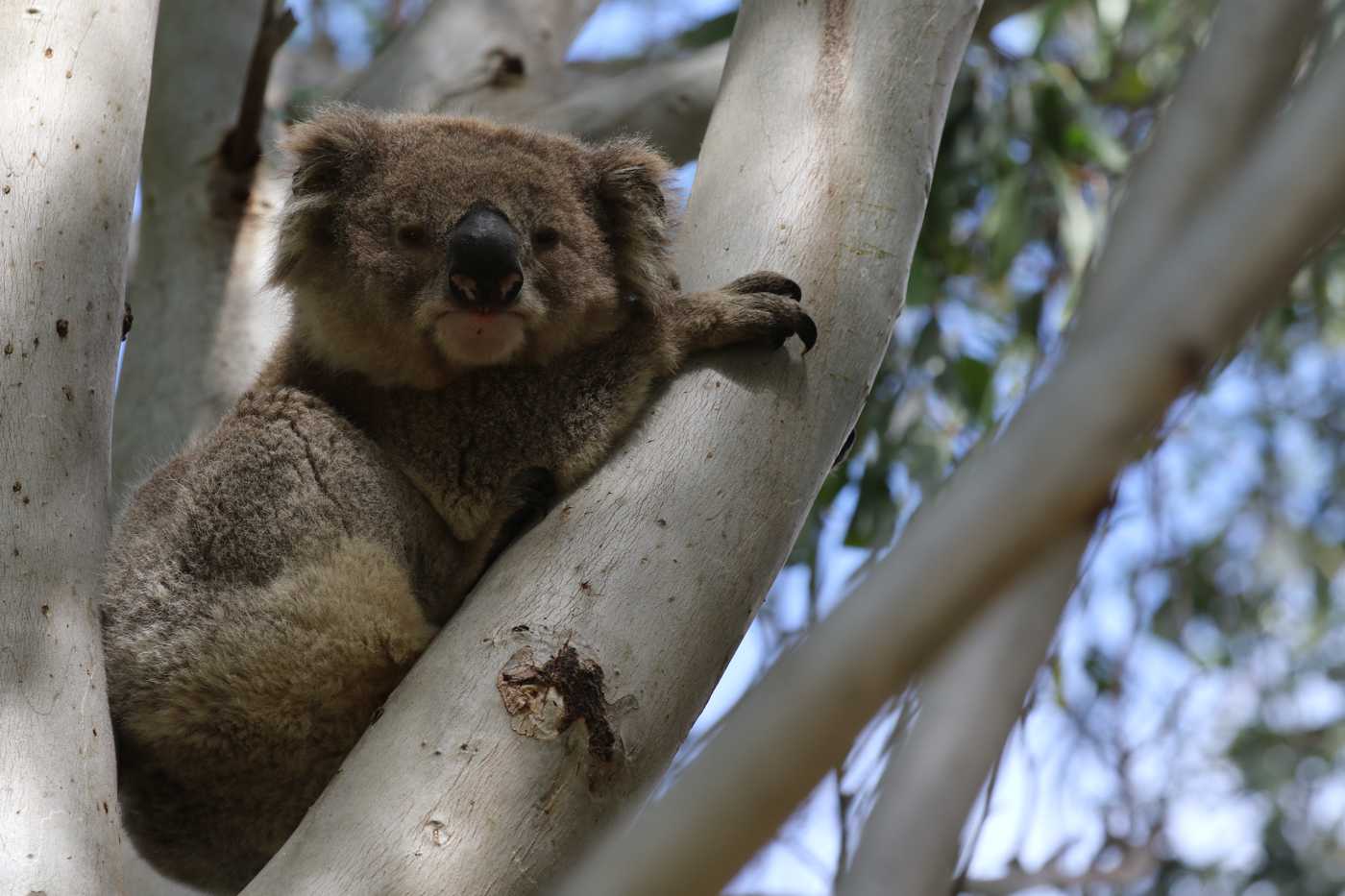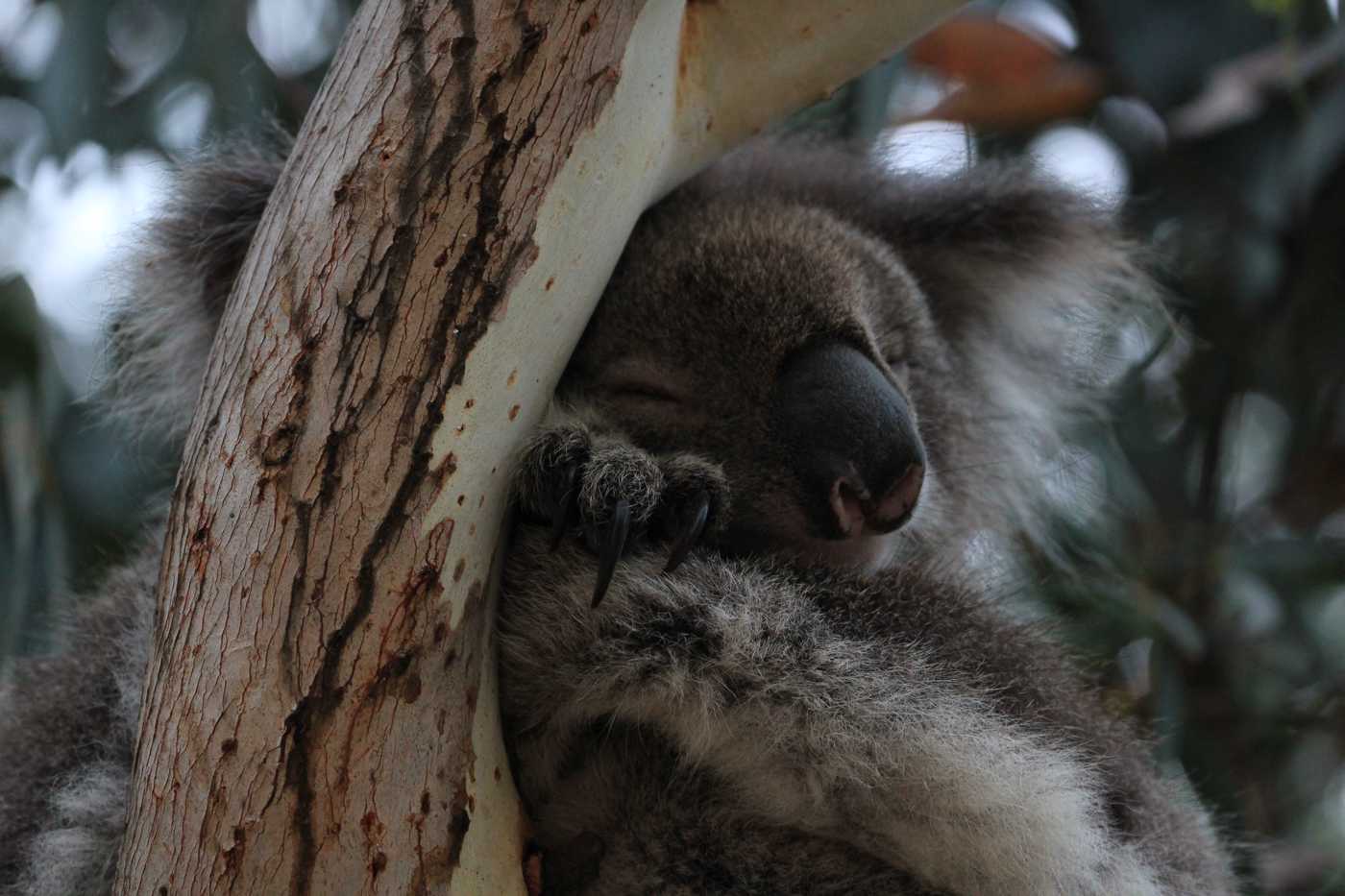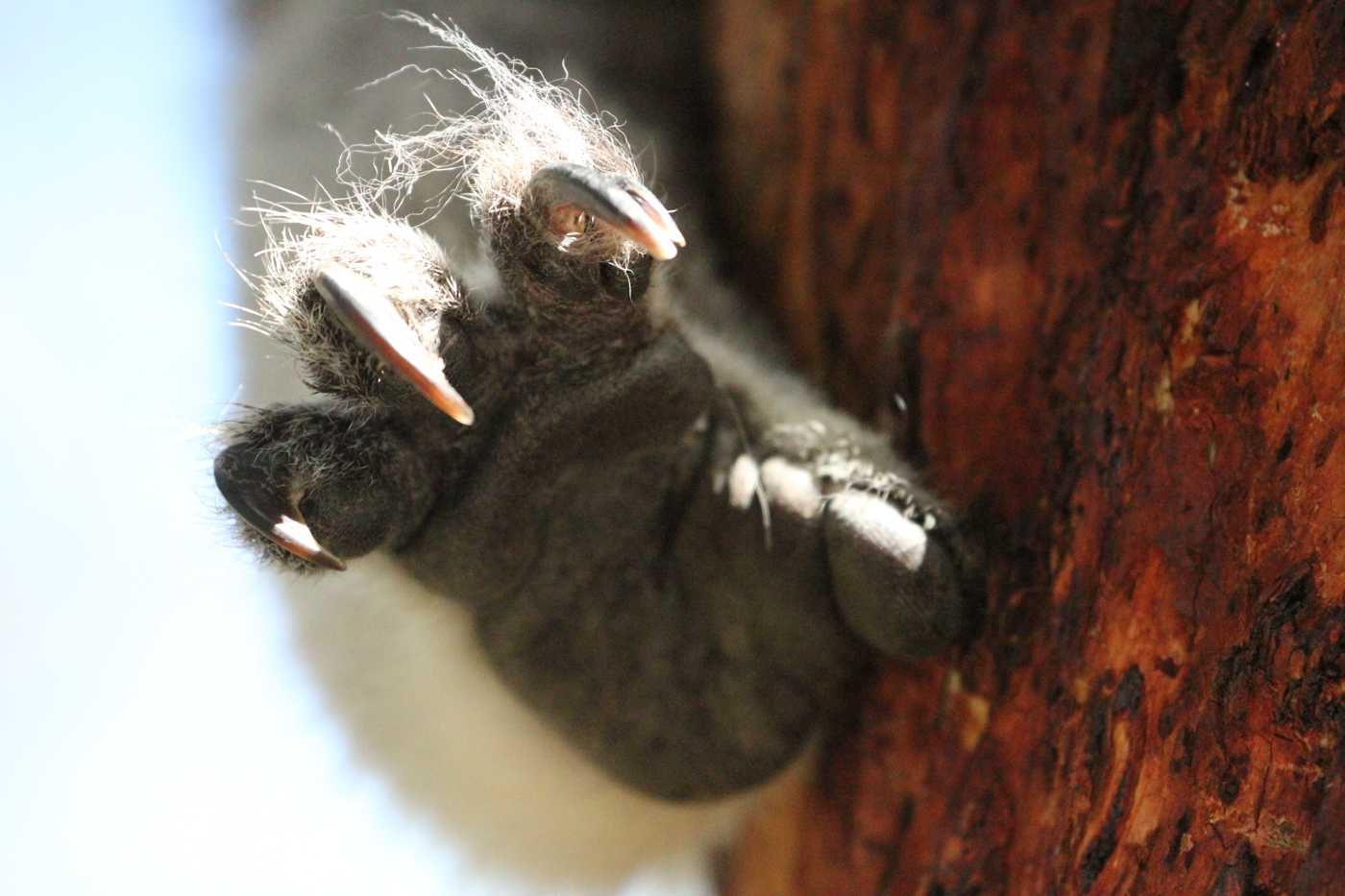Koalas are a beloved Australian icon, arguably as popular amongst tourists to Australia as the Giant Panda is for those visiting China.
Yet, across their range koalas are causing a commotion amongst conservationists and land managers. The Northern Koala (Phascolarctos cinereus adustus) is threatened with extinction due to habitat loss, while the Southern Koala (Phascolarctos cinereus victor) now exists in plague proportions over much of its range. This has put biologists in a tricky situation. On one hand they must advocate for the conservation of certain koala populations, but also advocate for population control in others. For policy makers and the general public who have little time to delve into the intricate nature of koala management in Australia, these two seemingly counterintuitive problems create great confusion. Fear amongst the general public that koalas are threatened with imminent extinction has led to outcry when prospective culls are planned for overabundant populations.

So how should we best manage koala populations in an ethical and sustainable way?
New research published recently looking at the effect of ticks on overabundant koala populations has provided some clues on better ways to manage these Aussie icons.
Although often loathed, parasites are important components of the ecosystem. They are diverse, common, and, most importantly, they are known to sometimes help regulate the populations of their hosts.
Koalas host a wide range of parasites. While their internal parasite fauna is fairly limited with a measly three species of parasitic worm, their external parasite fauna is much more diverse. Ten separate tick and mite species have been recorded on koalas, including one mite which has not even been formally named yet.
In the research program I led examining the effects of ticks on koalas, we found that in overabundant koala populations, the number of ticks on individual koalas could build up significantly, with an average of six ticks per koala and reaching as high as over 50 in some cases. However, to our surprise, no infested koalas showed any signs of anaemia, which might be expected when high numbers of blood-feeding ticks are present. This suggests that koalas, even in crowded conditions, tolerate relatively high numbers of ticks with no apparent ill effect and that these parasites likely only play a limited role, if any, in population regulation.

This then begs the question, if ticks don’t seem to regulate koala populations, what does?
The answer may lie with Australia’s most misunderstood predator, the Dingo. Over parts of southern Australia, the Dingo has vanished. Dingoes are a keystone species and in times long since passed, they helped drive ecosystems across much of the Australian continent. Through predation, they regulate prey numbers and prevent the damaging effects of overabundant herbivores on fragile native plant communities. So perhaps if ticks are not doing the trick, it’s time to redeploy these critically important predators to facilitate sustainable koala management?

However, it isn’t all good news for koalas. While ticks appeared to have little effect on koala health, a related arachnid, the Mange Mite (Sarcoptes scabiei), was highlighted as a potential threat to the dwindling populations of the Northern Koala. Throughout much of south-eastern Australia, the Mange Mite has spread through populations of wombats and caused widespread disease and mortality. Without careful monitoring, the possibility exists for this to occur in populations of the Northern Koala, which would deal a heavy blow to conservationists racing to save these iconic marsupials from extinction.
Banner image courtesy of Elodie Camprasse.


Leave a Reply